Do you want to build sustainable ecosystems that thrive in your backyard garden? For a greener and healthier garden, turn to Aggressively Organic so you can learn all the basic and advanced tips and tricks for organic gardening. Aggressively Organic is a leading authority for organic gardening, helping people grow sustainable gardens that thrive for years.
Now, are you ready to transform your patch of earth into a vibrant, self-sustaining oasis? Well, you’re in luck because today, we’re diving into the fascinating realm of permaculture gardening. From designing a harmonious layout to selecting the perfect plants for your ecosystem, this blog post will be your guide to creating a flourishing and regenerative garden.
The Basics of a Permaculture Garden
A permaculture garden is not just your typical vegetable patch or flower bed. As explained by Julius Krebs and Sonja Bach in their study, it goes beyond traditional gardening practices, aiming to build a self-sustaining ecosystem that basically mimics the balance found in nature. At its core, permaculture combines principles of ecology, agriculture, and sustainable design to cultivate abundance while preserving the environment.
One fundamental principle of permaculture gardening is observing and working with nature rather than against it. By understanding how different plants, animals, and elements interact in an ecosystem, you can design your garden to function harmoniously. This means considering factors such as sunlight patterns, soil composition, water flow, and wildlife habitats.
Designing a Permaculture Garden
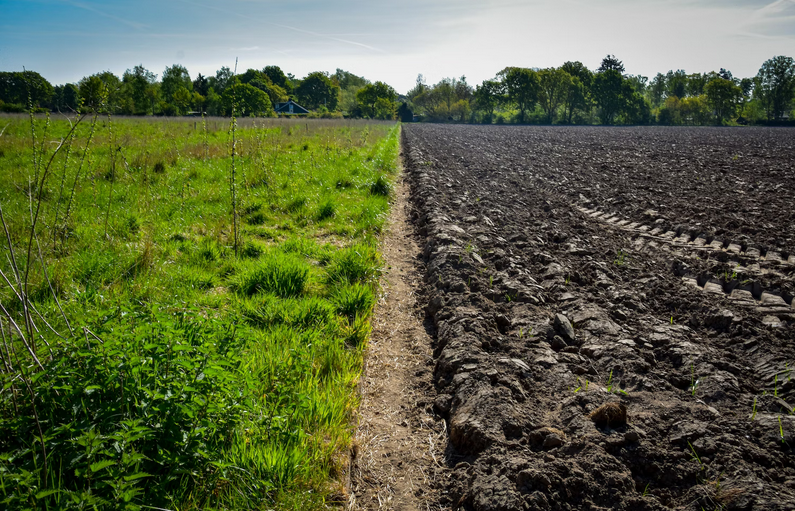
When it comes to designing a permaculture garden, the possibilities are endless. It’s all about creating a sustainable ecosystem that works in harmony with nature. One of the key principles mentioned by Richard J. Delahay et al. in their study about biodiversity in residential gardens is maximizing biodiversity by incorporating various plants and animals into your garden.
It should start by assessing your space and considering which elements you want to include. For example, you should have fruit trees, vegetable beds, or even a small pond for attracting beneficial insects and amphibians. Then, think about the companion planting. This involves strategically placing plants next to each other based on their compatibility and ability to support one another’s growth. Consider integrating animal systems as well. Chickens can help control pests while also providing eggs and manure for fertilizer. Bees are essential pollinators that can be attracted through specific plant choices like lavender or bee balm.
Sustainable Ecosystems
Sustainable ecosystems are the cornerstone of a successful permaculture garden. By creating a balanced and self-sufficient environment, you can minimize reliance on external resources and maximize the health and productivity of your plants. Besides biodiversity, another important element to consider is soil health. Building up organic matter through composting, mulching, and cover cropping improves soil structure, fertility, and water-holding capacity. J. Suman et al., via frontiersin.org, showed that healthy soil teems with microorganisms that break down nutrients for plants to absorb efficiently.
Water management is crucial for sustainability, too. Collect rainwater in barrels or use swales to capture runoff from roofs or slopes. Implementing efficient irrigation methods such as drip irrigation minimizes water waste while ensuring plants receive adequate hydration.
Garden Layout and Plan Selection
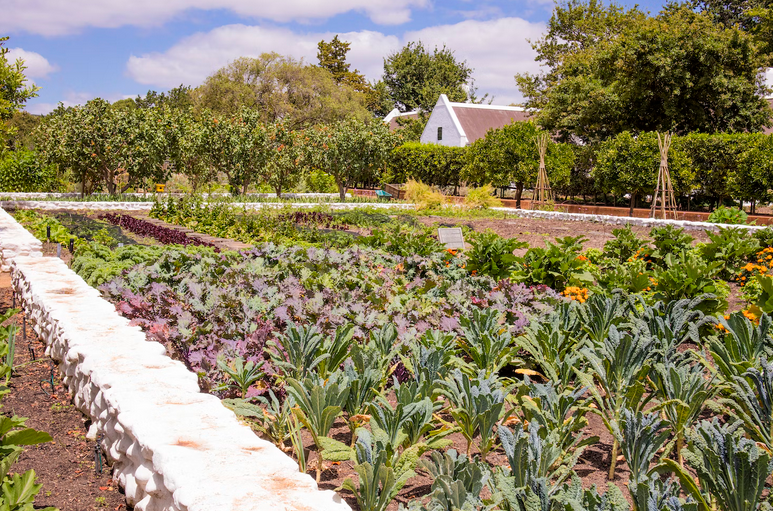
Now, let’s talk about the layout and plan selection. It’s like putting together all the pieces of a puzzle to create a harmonious picture of nature. Whether you have a small backyard or acres of land, make the most out of what you have. Take into account sunlight exposure, wind patterns, and existing structures on your property.
Next, think about incorporating different zones within your garden. Zone 1 is for high-use areas where you’ll grow frequently harvested plants like herbs and vegetables. Zone 2 can include fruit trees, berries, and other perennial crops that require less maintenance. Zone 3 is reserved for larger crops such as grains or livestock if applicable to your situation. Zone 4 is an untouched area left for wildflowers or wildlife habitats.
The Bottom Line
To delve deeper into the world of organic gardening and permaculture design principles, I highly recommend checking out Aggressively Organic. They offer valuable insights on how to grow nutritious food sustainably in small spaces using their innovative micro-garden systems.
So why wait? Start building your own sustainable ecosystem today! And remember – by embracing organic permaculture principles in your backyard garden, you not only contribute positively towards environmental conservation but also reap the rewards of healthy produce for years to come.…

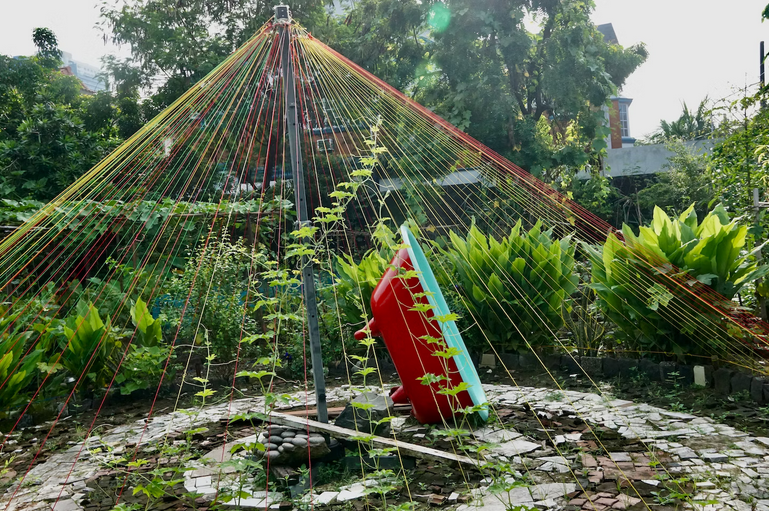
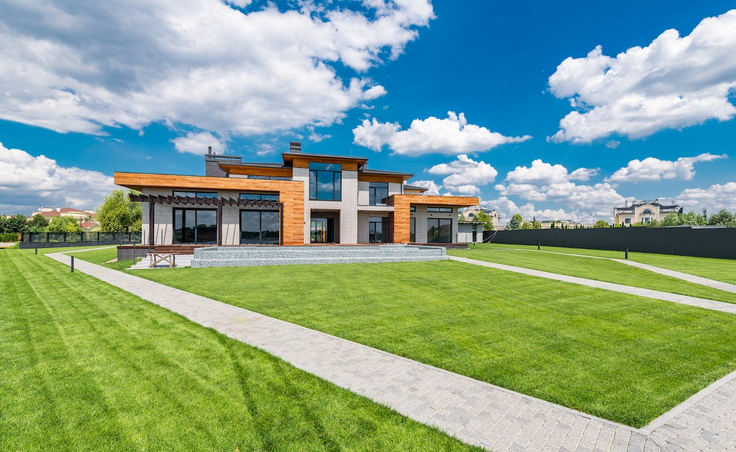
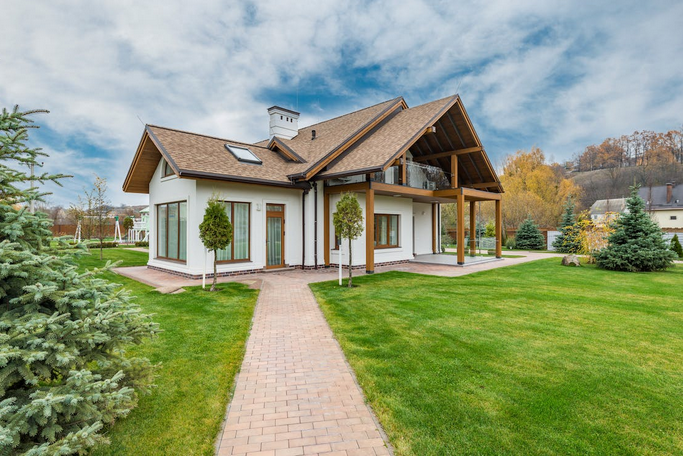 The first step to creating a beautiful garden path is to choose the right type of path and material. There are many different options available, so it is essential to research and figure out which one will work best for your garden. For example, if you have a lot of foot traffic, you might want to consider a concrete or asphalt path. A stone or gravel path might be a better option if you want something more natural. Just be sure to pick a material that will complement your garden and not take away from its natural beauty.
The first step to creating a beautiful garden path is to choose the right type of path and material. There are many different options available, so it is essential to research and figure out which one will work best for your garden. For example, if you have a lot of foot traffic, you might want to consider a concrete or asphalt path. A stone or gravel path might be a better option if you want something more natural. Just be sure to pick a material that will complement your garden and not take away from its natural beauty. There won’t be much point in having a beautiful garden path if you can’t even see it at night. That’s why it is essential to add some lighting to your path. You can use solar-powered lights, which are easy to install and require no wiring. Or, you could go with more traditional options like lanterns or string lights. Just be sure to place the lights in a way that will not disturb your plants or obstruct your path.
There won’t be much point in having a beautiful garden path if you can’t even see it at night. That’s why it is essential to add some lighting to your path. You can use solar-powered lights, which are easy to install and require no wiring. Or, you could go with more traditional options like lanterns or string lights. Just be sure to place the lights in a way that will not disturb your plants or obstruct your path.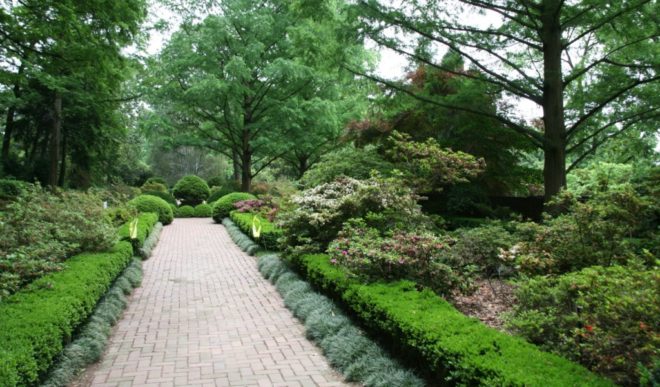
 We all know how attractive a well-kept garden is to other people. If you hire lawn maintenance services, then you will have a peace of mind knowing that the decorative flowers ads well as the grassy patches that adorn your garden will be well taken care of even in your absence. If you have a good looking lawn, it will work wonders in attracting guests to your establishment.
We all know how attractive a well-kept garden is to other people. If you hire lawn maintenance services, then you will have a peace of mind knowing that the decorative flowers ads well as the grassy patches that adorn your garden will be well taken care of even in your absence. If you have a good looking lawn, it will work wonders in attracting guests to your establishment. One of the prominent causes, why you should consider hiring garden maintenance services, is that they will help you save lots of time. Garden care involves lots of work that most people try to avoid as much as possible. For instance, you have to begin by shopping for the equipment that you will need to mow, weed, fertilize and much more to maintain your garden week after week. The job will take hours, and if your garden required specialized attention, then it can even take days.So if you have a very fixed schedule then hiring a garden maintenance company will save you lots of time.
One of the prominent causes, why you should consider hiring garden maintenance services, is that they will help you save lots of time. Garden care involves lots of work that most people try to avoid as much as possible. For instance, you have to begin by shopping for the equipment that you will need to mow, weed, fertilize and much more to maintain your garden week after week. The job will take hours, and if your garden required specialized attention, then it can even take days.So if you have a very fixed schedule then hiring a garden maintenance company will save you lots of time.